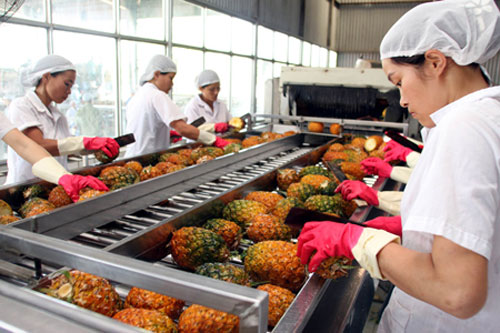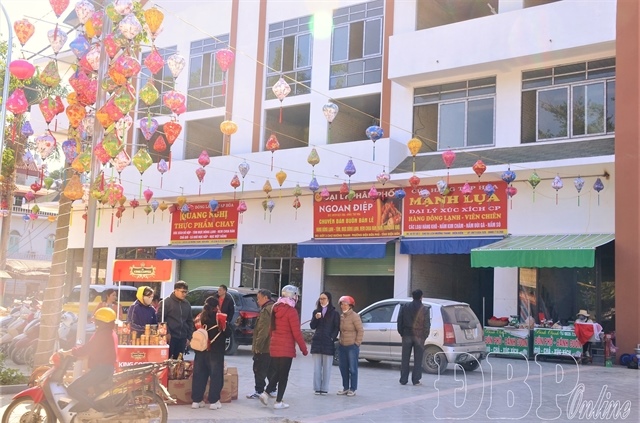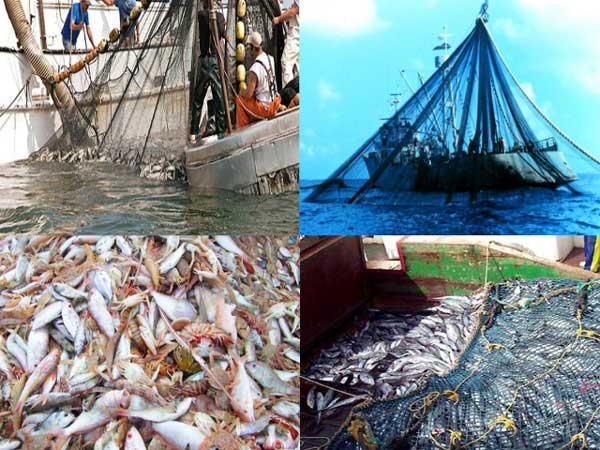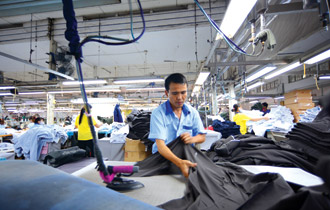Businesses urged to avoid overdependence on China
Businesses urged to avoid overdependence on China
The value of Vietnam exports outpaced the GDP growth rate by threefold in the first six months of the year, jumping up 15% over last year’s same period to US$71 billion.

While these statistics bode well for booming economic prospects in the short-term, leading economists caution more market diversification in exports is needed to pave the way for sustainable economic growth in the long-term.
More specifically they say a more diversified national trade portfolio inclusive of high added value products is a prerequisite to long-term sustainability for the nation’s economy replacing the current overemphasis on low value exports.
Agriculture commodities have comprised over 30% of the nation’s total export turnover and this year is no exception. In the first half of the year, agricultural exports reached nearly US$15 billion, up nearly 13% over comparable period last year.
However, since May, as a consequence of developments in the East Sea, farm produce has showed signs of faltering, particularly in exports to the Chinese market.
Vietnam’s agriculture sector is highly dependent on Chinese exports, with rice and rubber combined exports accounting for 40% of total agriculture exports.
The dependence of Vietnamese agriculture is further compounded considering as the Chinese market consumes 80%-90% of Vietnamese watermelon, dragon fruit and lychee exports, leading economists say. Therefore they argue it is urgent for the sector to expand into new markets to reduce dependence on any particular market.
Pham Quoc Thai, a Vietnam National Vegetable, Fruit and Agricultural Product Corporation (Vegetexco) representative, says his company is tackling the issue head on by specifically targeting expanding into the Republic of Korea, Japan, the US markets with high value pineapples and frozen lychee products.
The flip side of being overly dependent on exports to any specific market is to be overly dependent on any particular market for imports, leading economists’ are quick to point out. Currently the Vietnamese garment and textile sector is overly dependent on raw material imports from China, they say.
As a prime example, they point to the Vietnam garment and textile sector – a spearhead export industry – that fetched over US$10 billion in export revenue in the first six months of the year. Vietnamese imports of goods and raw materials from China were US$20.4 billion during the period which they say is exorbitantly high and should be reduced.
Dong Binh Garment and Textile Joint Stock Company General Director Tran Van Khanh said that for his company the key issue is to localize materials and focus on increasing the added value of products. Khang added that his company migrated to a FOB (Free on Board) model aimed at utilising more domestic materials and purchasing cloth from Thailand and Singapore in lieu of China.
Economists say a coordinated national strategy to construct industrial zones and attract foreign investment to them aimed specifically at producing all raw materials for the garment and textile sector within the borders of the country is needed.
In recent times, the garment and textile sector has attracted many projects in the textile dyeing or support industries. Economic expert Le Dang Doanh said that local businesses need to produce high quality goods, reduce outsourcing activities for foreign businesses, develop trademarks and seek new outlets to improve localize rate and the added value for Vietnamese products.
According to the Ministry of Industry and Trade (MoIT), Vietnam's 13 products have earned a turnover from over US$1 billion in the reviewed period. Two commodities (telephones and garment and textile) surpassed the benchmark of US$20 billion. Another positive sign is that although local businesses made up a low proportion in total export turnover, these businesses’ growth rate has increased by 11.6% compared to previous periods.
In the context of the East Sea tensions, Minister of Industry and Trade Vu Huy Hoang affirmed that the government is speeding up the restructuring of goods and export markets and devising timely policies to support businesses.
In the current context, the government aims to expand new export and import markets to avoid dependence on one partner and strengthen the development of material zones to produce raw materials for manufacturing within the country.
Additionally, the government is committed to offering favourable policies for agricultural production, increase added value and export capability in a stable and sustainable manner, Hoang emphasised.
The MoIT in turn said that Vietnam is speeding up free trade agreements (FTAs) and Trans Pacific Partnership (TPP) Agreement negotiations with the European Union (EU).
The participation in these trade agreements will open up overseas markets, and provide a tremendous boost for advantageous goods such as garment and textile, footwear, and farm produce to penetrate in potential markets to ensure exports sustainably.
vietnamnet




















